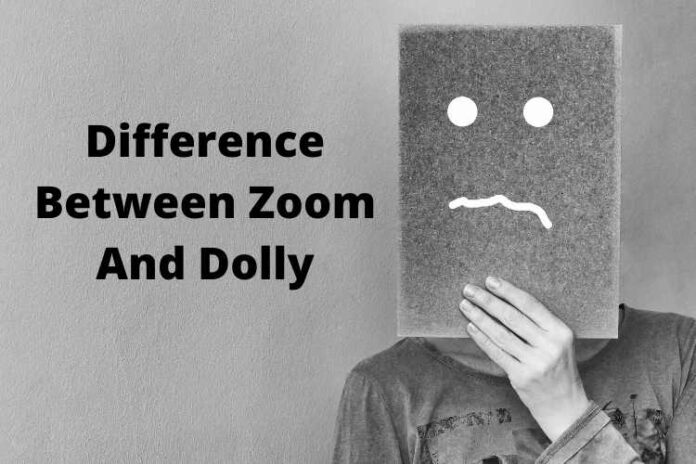What is the Difference Between Zoom And Dolly ?
If you work in the film industry, you’ve probably seen Ryan Connolly’s latest educational video from Film Riot. He discussed the dolly camera movement and zoom lens.A Zoom shot needs a change in lens focal length, but a Dolly shot necessitates real physical camera movement. A Dolly, on the other hand, is more human-like, with the process of moving closer (or further away) from an item, with everything on your left and right side bearing more weight as a result. Here is a detailed difference between both the terms. In this article we are going to tell you the difference between Zoom And Dolly.
What is Zoom?
Zooming in is similar to amplifying what you see. You do not approach the object or person; instead, you just magnify the view without making changes in your actual location. It is usually simpler, to begin with, a close-up view of an object and then zooms out rather than the other way around. You zoom in to go closer, and the thing seems larger in the frame. As you travel further, you zoom out, and the item appears smaller. The camera stays in its initial location in both situations. Because the camera is not physically moving when zooming, there is no relative movement. A zoom effectively enlarges everything in the frame at the same rate.
What is Dolly?
The camera or lens does not zoom in or out in the dolly shot. The physical location of the camera shifts. The process of moving closer to an item is referred to as dolly in, while the process of moving away from the object is referred to as dolly out. It is also known as tracking zoom, zolly, or the Vertigo effect. You may move the camera up/down, left/right, or beside the trajectory in addition to moving it towards or away from the target. The audience feels as if they are literally moving inside the scene while using this method. Because parallax is included in the dolly shot, it seems three-dimensional. The camera may be moved manually or automatically using sliders controlled by electrical motion control. Another approach that circles around the subject is a 360 Dolly shot, which creates a dramatic parallax between the subject and its surroundings.This method may be seen in the television series Lost. The dolly zoom was introduced to the mainstream cinematic lexicon in Alfred Hitchcock’s Vertigo (1958), to depict investigator John Ferguson’s fear of heights at several stages in the plot.
RELATED – Difference between PlayStation and XBOX
Using a Dolly and a Lens Zoom Together
Dolly and lens zoom can also be combined. There are several films in which these two methods are utilized in tandem. Jaws and Vertigo are two well-known examples.
When the camera travels forward, the lens zooms out; when it moves backward, the lens zooms in. This method is sometimes referred to as push-pull and dolly zoom. The size of the person in the frame remains constant, while the scale of the environment changes. You can zoom in and out by swiping the camera sideways. This gives the idea that you’re travelling over curving tracks. It’s only one example of how the dolly zoom method may be used; the possibilities are infinite!
RELATED – Difference Between EarPods and AirPods
Conclusion:
In last, I hope this blog is sufficient enough to clarify the Difference Between Zoom And Dolly


